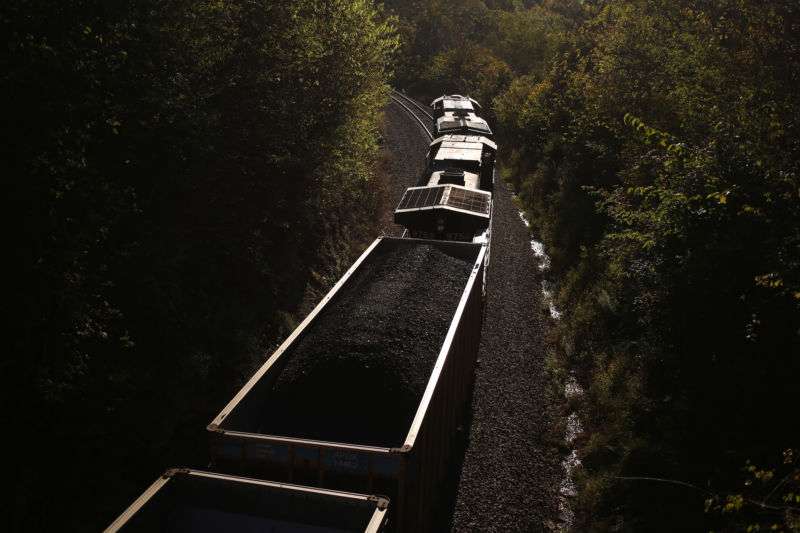
As US coal use drops to 1979 levels, EPA may ease rules on new coal plants

The Trump administration’s Environmental Protection Agency (EPA) appears poised to roll back Obama-era rules that effectively prevented new coal plants from opening in the US. The rules required new coal plants to emit no more than 1,400 pounds of CO2 per megawatt-hour (MWh), a constraint that is nearly impossible for new coal generators to meet without carbon-capture technology.
According to anonymous sources speaking to The New York Times, the EPA will announce a rollback of this rule on Thursday, effectively making it possible for energy companies to build new coal plants that emit up to 1,900 pounds of CO2 per MWh, which is more in-line with emissions from modern coal plants without carbon capture.
Although the Obama-era regulations didn’t prohibit the construction of new coal plants, opponents of the rules said the carbon-emissions caps were an effective prohibition, because carbon-capture projects are few and far between and are quite expensive to implement.
Still, if the Trump EPA does roll back Obama’s regulations, it may not have a significant effect on the coal market in the US. Coal hasn’t necessarily suffered because of a lack of growth, although that is a main reason why coal is struggling to make a comeback under a favorable administration. Instead, coal has faltered because existing coal plants are too expensive to run compared to cheaper natural gas. As older plants reach the end of their life, energy companies are eager to replace them with plants that run the cheaper fuel, which also has the added benefit of a reputation for burning cleaner.

In fact, the Energy Information Administration (EIA) wrote yesterday that US coal consumption was the lowest it has been since 1979. “Only one, relatively small, new coal-fired generator with a capacity of 17 megawatts is expected to come online by the end of 2019,” the EIA wrote. “The decline in coal-fired capacity is expected to further reduce coal consumption: EIA’s latest Short-Term Energy Outlook expects power sector coal consumption to fall 4 percent in 2018 and 8 percent in 2019.”
However, if coal is dying in the US, boosters are hoping to revive it around the world. In Poland, where a global conference on climate change is currently taking place, coal advocates and Trump associates are trying to play up coal’s role as a viable energy option for the future. Additionally, the International Energy Agency reported that, even with the decline of coal, carbon emissions from advanced economies are set to rise in 2018 after years of decline.
Trump campaigned extensively on promises to save coal, but closures of coal plants doubled this year compared to 2017. Although the administration has explored a number of regulatory options to bolster coal, none has proven successful yet.




